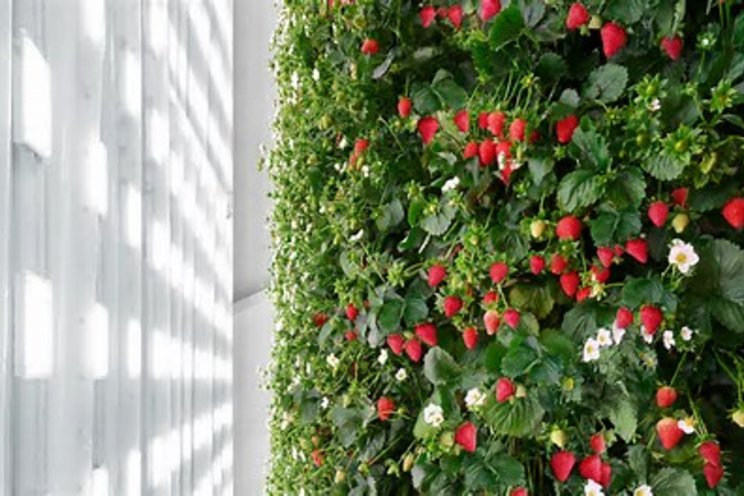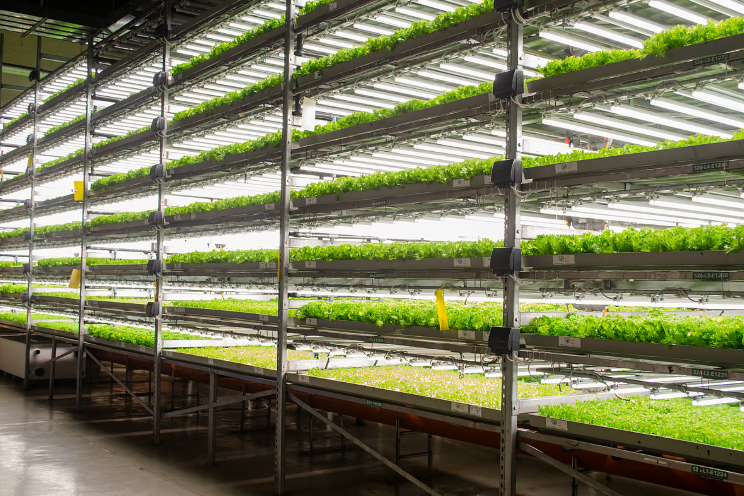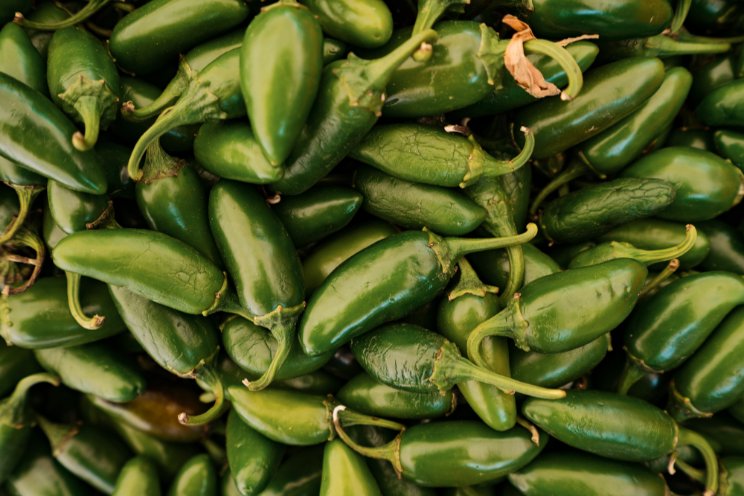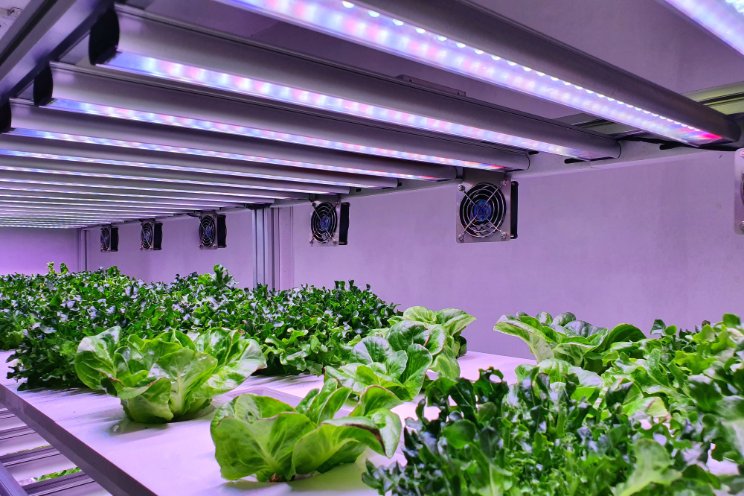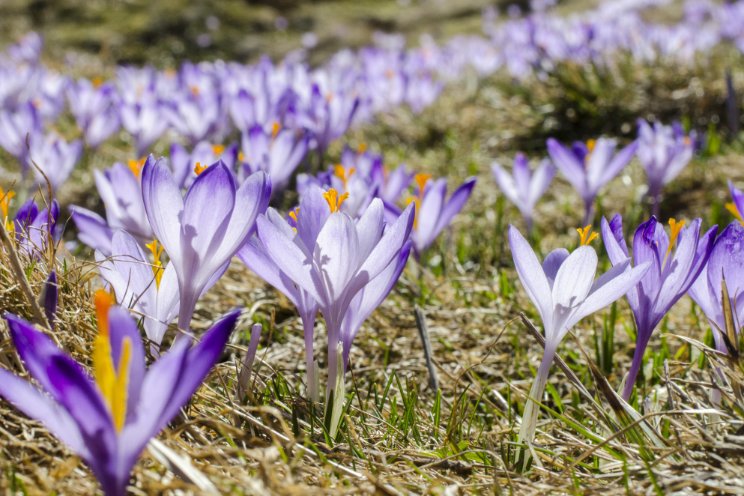Is the future of farming soilless?
Added on 19 January 2024
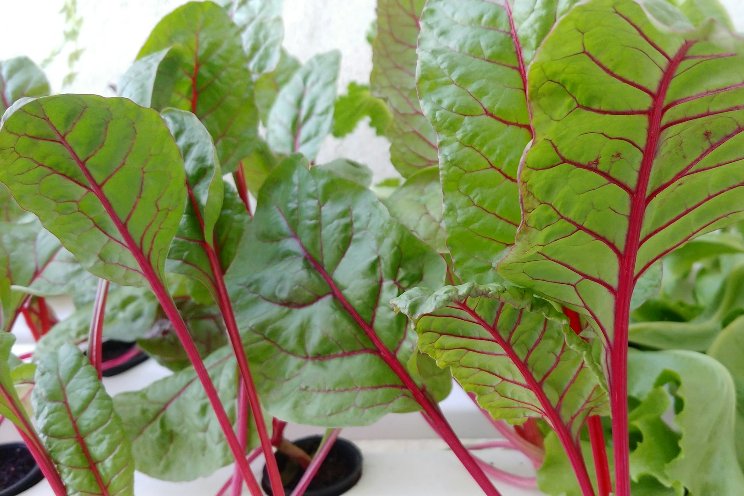
Meanwhile, rapid urbanization is reducing the availability of agricultural land, and climate change is expected to make the land that’s left less suitable for staple crops like wheat, rice, corn and oats.
What’s more, food systems produce around a third of global greenhouse gas emissions from human activities and account for 70 percent of the world’s freshwater withdrawals. Traditional agriculture also contributes to deforestation, soil erosion and over-reliance on pesticides around the world.
So, how do we help feed more people?
Moving outdoor agriculture indoors
Growing crops indoors is not new. Greenhouses have been around for centuries, and hydroponics — growing plants using a water-based nutrient solution rather than soil — has roots going back to at least the early 1900s. Now, renewed interest in this space is rising quickly.
Also known as controlled environment agriculture (CEA), the earliest modern reference to hydroponics was by plant nutritionist William Frederick Gericke in 1929, who popularized the idea that plants could be grown in a solution of nutrients and water instead of soil. Such solutions are known as growing media.
Photo by Sharat Arackal on Unsplash
More news

